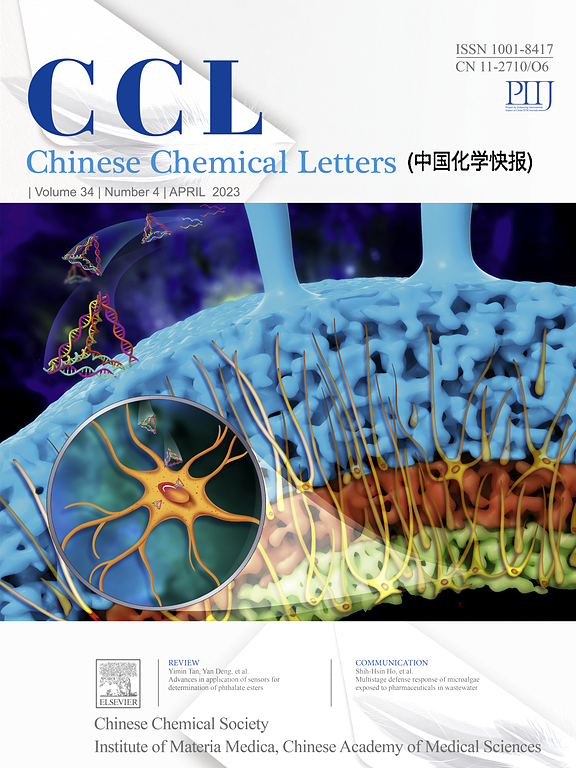Construction of sintering-resistant gold catalysts via ascorbic-acid inducing strong metal-support interactions
IF 9.4
1区 化学
Q1 CHEMISTRY, MULTIDISCIPLINARY
引用次数: 0
Abstract
Maintaining high metal dispersion of supported metal catalysts to achieve superior reactivity under harsh conditions poses one of the main challenges for their practical applications. Constructing and regulating the strong metal-support interactions (SMSI) by diverse methodologies has emerged as one of the promising approaches to fabricating robust supported metal catalysts. In this study, we report an l-ascorbic acid (AA)-inducing strategy to generate SMSI on a titania-supported gold (Au) catalyst after high-temperature treatment in an inert atmosphere (600 °C, N2). The AA-induced SMSI can efficiently stabilize Au nanoparticles (NPs) and preserve their catalytic performance. The detailed study reveals that the key to realizing this SMSI is the generation of oxygen vacancies within the TiO2 support induced by the adsorbed AA, which drives the formation of the TiOx permeable layer onto the Au NPs. The strategy could be extended to TiO2-supported Au catalysts with different crystal phases and platinum group metals, such as Pt, Pd, and Rh. This work offers a promising novel route to design stable and efficient supported noble metal catalysts by constructing SMSI using simple reducing organic adsorbent.

求助全文
约1分钟内获得全文
求助全文
来源期刊

Chinese Chemical Letters
化学-化学综合
CiteScore
14.10
自引率
15.40%
发文量
8969
审稿时长
1.6 months
期刊介绍:
Chinese Chemical Letters (CCL) (ISSN 1001-8417) was founded in July 1990. The journal publishes preliminary accounts in the whole field of chemistry, including inorganic chemistry, organic chemistry, analytical chemistry, physical chemistry, polymer chemistry, applied chemistry, etc.Chinese Chemical Letters does not accept articles previously published or scheduled to be published. To verify originality, your article may be checked by the originality detection service CrossCheck.
 求助内容:
求助内容: 应助结果提醒方式:
应助结果提醒方式:


